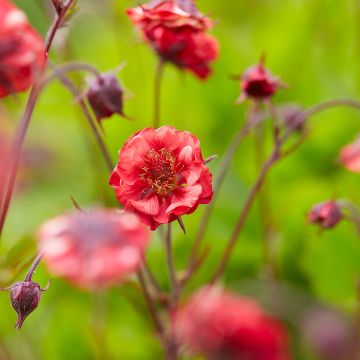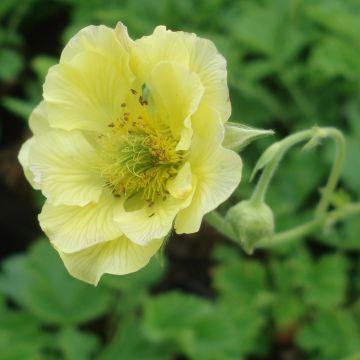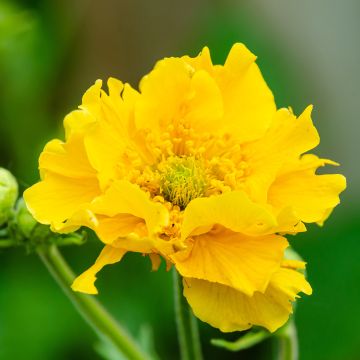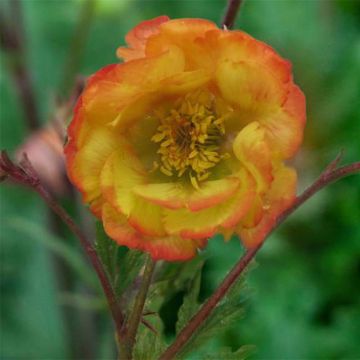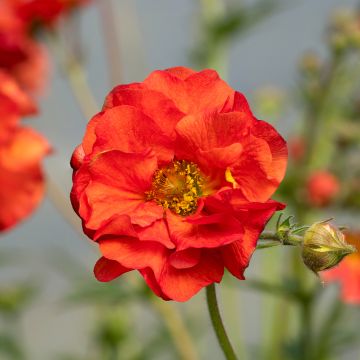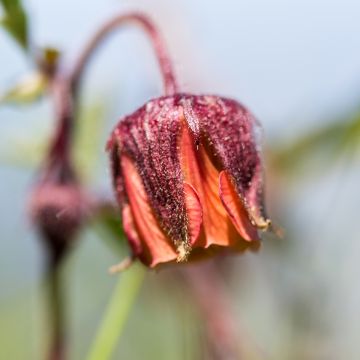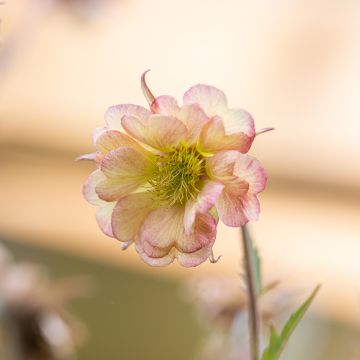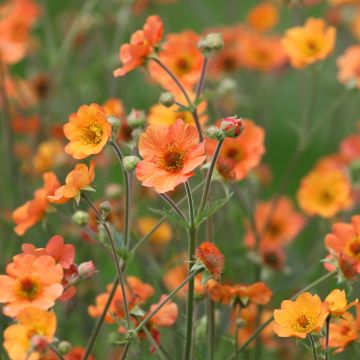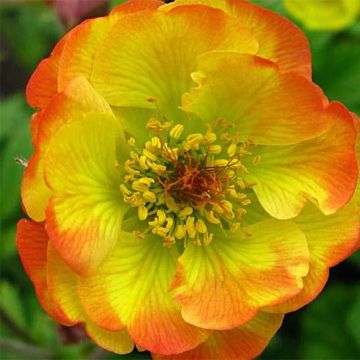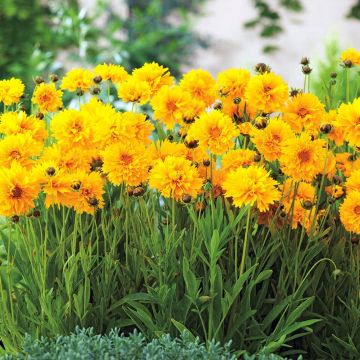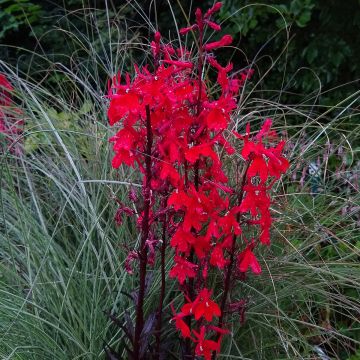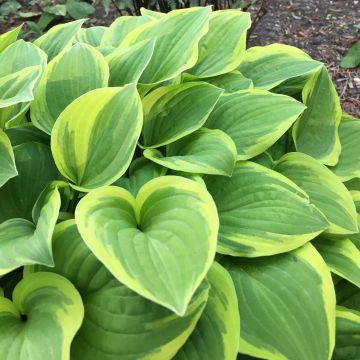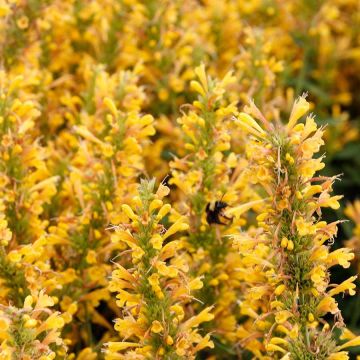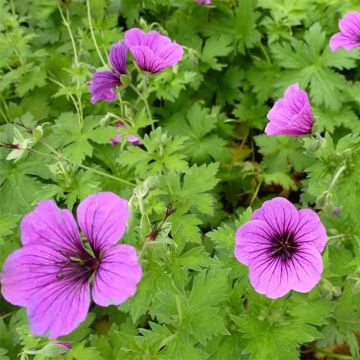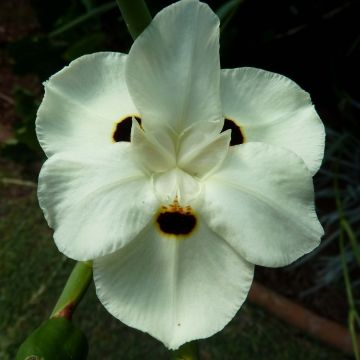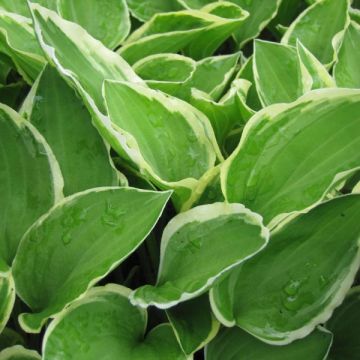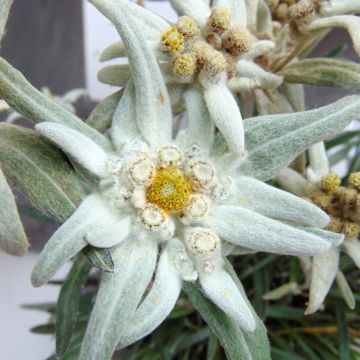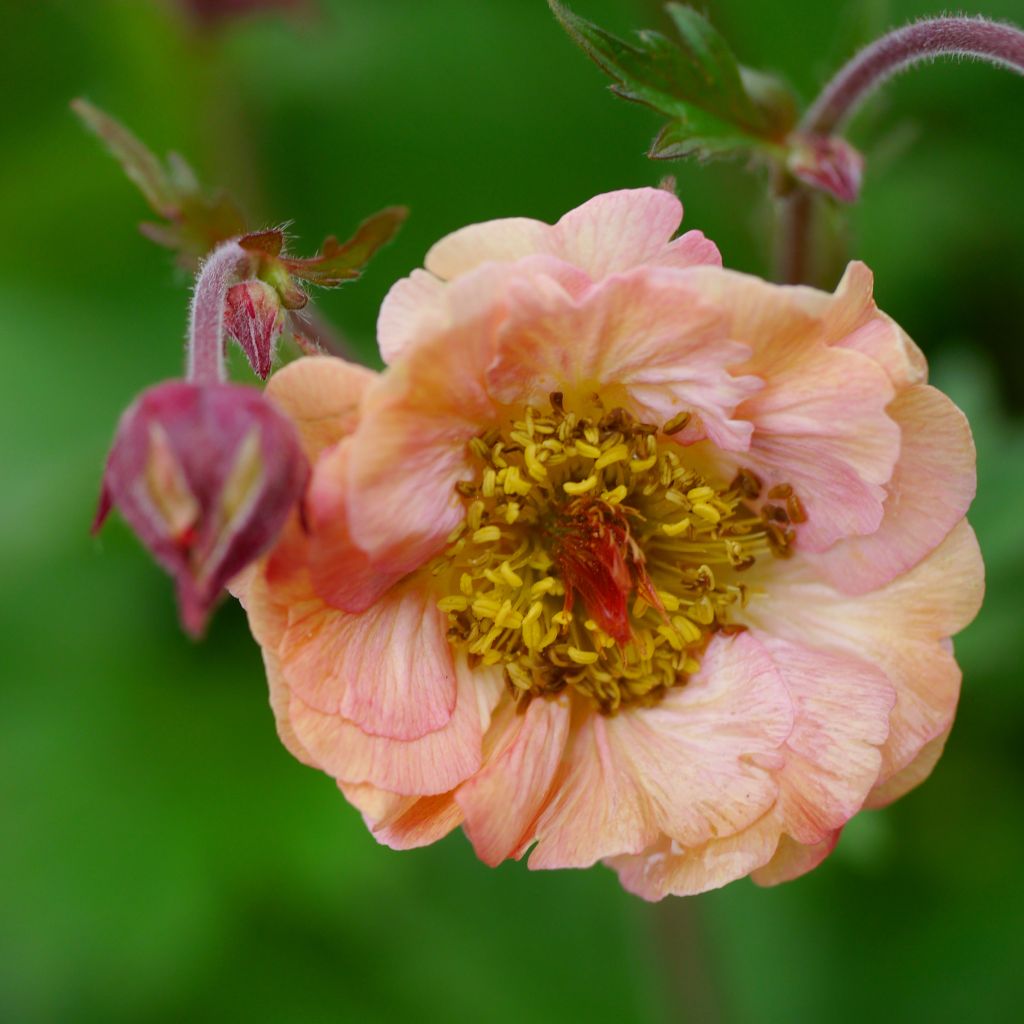

Geum Bell Bank
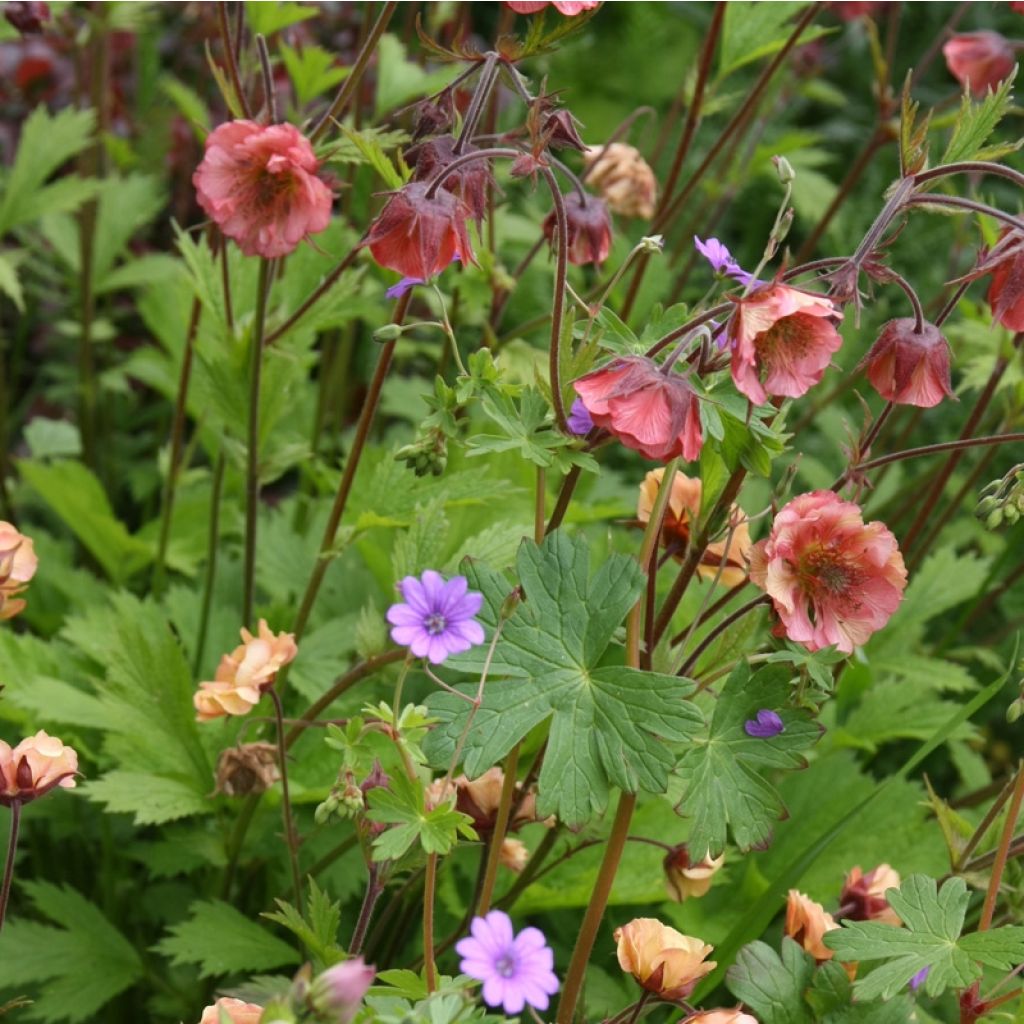

Geum Bell Bank
Geum Bell Bank
Geum Bell Bank
Avens
This item cannot be shipped to the selected country
Delivery charge from €5.90
Delivery charge from €5.90
More information
Schedule delivery date,
and select date in basket
This plant carries a 12 months recovery warranty
More information
We guarantee the quality of our plants for a full growing cycle, and will replace at our expense any plant that fails to recover under normal climatic and planting conditions.
From €5.90 for pickup delivery and €6.90 for home delivery
Express home delivery from €8.90.
From €5.90 for pickup delivery and €6.90 for home delivery
Express home delivery from €8.90.
Does this plant fit my garden?
Set up your Plantfit profile →
Description
Geum 'Bell Bank' is a magnificent English creation. Its spreading purple stems bear semi-double flowers with crumpled petals in a sumptuous deep pink, veined with purple. A pure jewel for a green setting!
Geum 'Bell Bank' is a hardy herbaceous perennial plant that thrives in full sun. It belongs to the Rosaceae family. It reaches 40cm (16in) in all directions. It forms an upright and dense clump of large, medium green, toothed, slightly hairy leaves, grouped in a rosette. From this semi-evergreen foliage, slender purple stems arise, bearing charming and delicate cup-shaped semi-double flowers in panicles from May to July, or even longer. The beautifully crumpled petals are veined with purple. The beautiful pink of the petals is darker at the edges than in the centre, with a large heart of yellow stamens. The flower buds modestly droop their heads, but proudly straighten up as they open. This entire range of sumptuous pink shades provides an opportunity for magnificent contrasts with the purple of the stems.
This beautiful cultivar was created in the 1980s by Geoffrey Smith (1928-2009), a famous English television and radio presenter, professional gardener, writer, and lecturer. After disappearing for a few years, it was rediscovered and reintroduced in England in the late 1990s by Dove Cottage Nursery.
Hardy and easy to grow, it is a versatile plant that can be planted in sunny or partially shaded positions, in ordinary, moist but well-drained soil. To fully enjoy its flowering, this splendid variety is ideally placed at the edge of borders, in flower beds, mixed borders, rock gardens, or even in pots. Its flower stalks will make magnificent pastel-toned bouquets. It pairs wonderfully with other spring and summer flowering perennials. In partial shade, it blends well with ferns, fairy flowers, Solomon's seals, trollius, euphorbias, heucheras, and Asian primroses. By mixing several varieties of avens together, one can create a harmonious colour scheme.
Report an error about the product description
Geum Bell Bank in pictures
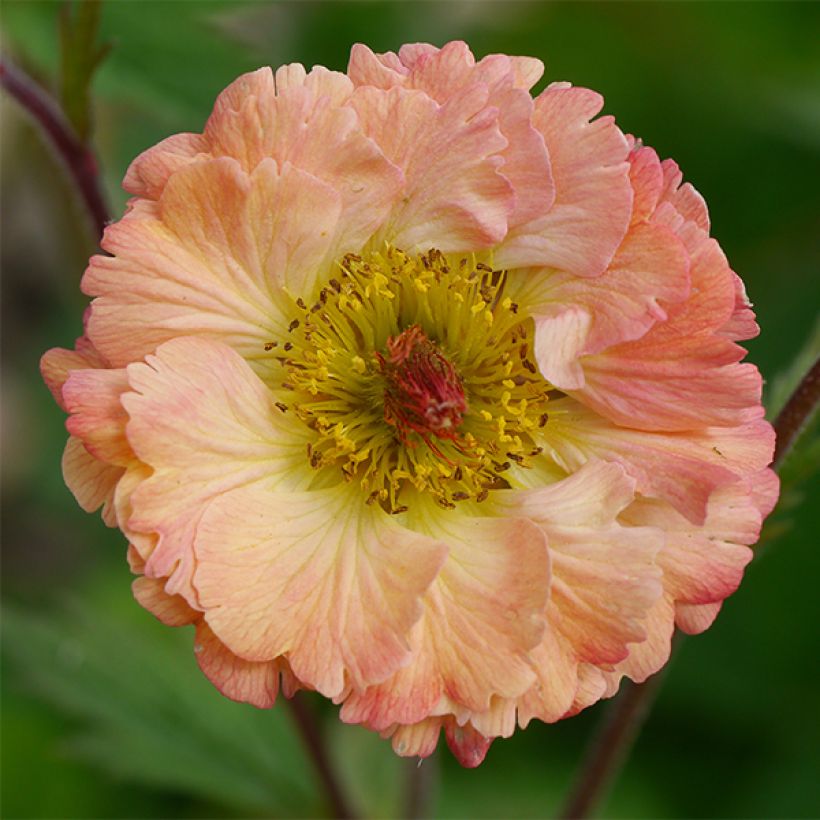

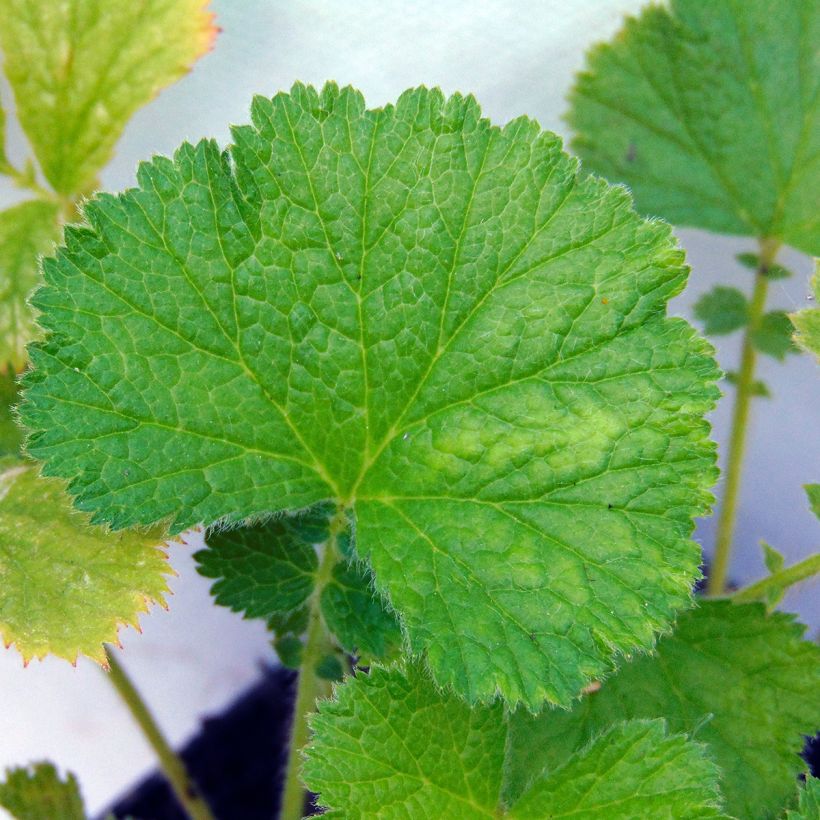



Flowering
Foliage
Plant habit
Botanical data
Geum
Bell Bank
Rosaceae
Avens
Cultivar or hybrid
Other Geum - Avens
Planting and care
Geum 'Bell Bank' is hardy to at least -15°C (5°F). It appreciates a sunny or partially shaded, open location, as well as regular to rich, light, moist, and well-drained soil. It does not tolerate winter humidity, so avoid waterlogged soils in winter. It requires space to grow well, so leave an open area around its base. Planting can be done in spring or autumn. Regularly removing faded flowers will encourage new flower buds and will ensure continuous flowering. It has a relatively short lifespan, so dividing the clumps every 3 or 4 years in spring or autumn is recommended. Regular organic fertilisation is beneficial. Highly disease-resistant, it is occasionally susceptible to sawfly larvae attacks, which can damage the foliage. Excessive drought can also make it susceptible to powdery mildew.
Planting period
Intended location
Care
-
, onOrder confirmed
Reply from on Promesse de fleurs
Summer flowering perennials
Haven't found what you were looking for?
Hardiness is the lowest winter temperature a plant can endure without suffering serious damage or even dying. However, hardiness is affected by location (a sheltered area, such as a patio), protection (winter cover) and soil type (hardiness is improved by well-drained soil).

Photo Sharing Terms & Conditions
In order to encourage gardeners to interact and share their experiences, Promesse de fleurs offers various media enabling content to be uploaded onto its Site - in particular via the ‘Photo sharing’ module.
The User agrees to refrain from:
- Posting any content that is illegal, prejudicial, insulting, racist, inciteful to hatred, revisionist, contrary to public decency, that infringes on privacy or on the privacy rights of third parties, in particular the publicity rights of persons and goods, intellectual property rights, or the right to privacy.
- Submitting content on behalf of a third party;
- Impersonate the identity of a third party and/or publish any personal information about a third party;
In general, the User undertakes to refrain from any unethical behaviour.
All Content (in particular text, comments, files, images, photos, videos, creative works, etc.), which may be subject to property or intellectual property rights, image or other private rights, shall remain the property of the User, subject to the limited rights granted by the terms of the licence granted by Promesse de fleurs as stated below. Users are at liberty to publish or not to publish such Content on the Site, notably via the ‘Photo Sharing’ facility, and accept that this Content shall be made public and freely accessible, notably on the Internet.
Users further acknowledge, undertake to have ,and guarantee that they hold all necessary rights and permissions to publish such material on the Site, in particular with regard to the legislation in force pertaining to any privacy, property, intellectual property, image, or contractual rights, or rights of any other nature. By publishing such Content on the Site, Users acknowledge accepting full liability as publishers of the Content within the meaning of the law, and grant Promesse de fleurs, free of charge, an inclusive, worldwide licence for the said Content for the entire duration of its publication, including all reproduction, representation, up/downloading, displaying, performing, transmission, and storage rights.
Users also grant permission for their name to be linked to the Content and accept that this link may not always be made available.
By engaging in posting material, Users consent to their Content becoming automatically accessible on the Internet, in particular on other sites and/or blogs and/or web pages of the Promesse de fleurs site, including in particular social pages and the Promesse de fleurs catalogue.
Users may secure the removal of entrusted content free of charge by issuing a simple request via our contact form.
The flowering period indicated on our website applies to countries and regions located in USDA zone 8 (France, the United Kingdom, Ireland, the Netherlands, etc.)
It will vary according to where you live:
- In zones 9 to 10 (Italy, Spain, Greece, etc.), flowering will occur about 2 to 4 weeks earlier.
- In zones 6 to 7 (Germany, Poland, Slovenia, and lower mountainous regions), flowering will be delayed by 2 to 3 weeks.
- In zone 5 (Central Europe, Scandinavia), blooming will be delayed by 3 to 5 weeks.
In temperate climates, pruning of spring-flowering shrubs (forsythia, spireas, etc.) should be done just after flowering.
Pruning of summer-flowering shrubs (Indian Lilac, Perovskia, etc.) can be done in winter or spring.
In cold regions as well as with frost-sensitive plants, avoid pruning too early when severe frosts may still occur.
The planting period indicated on our website applies to countries and regions located in USDA zone 8 (France, United Kingdom, Ireland, Netherlands).
It will vary according to where you live:
- In Mediterranean zones (Marseille, Madrid, Milan, etc.), autumn and winter are the best planting periods.
- In continental zones (Strasbourg, Munich, Vienna, etc.), delay planting by 2 to 3 weeks in spring and bring it forward by 2 to 4 weeks in autumn.
- In mountainous regions (the Alps, Pyrenees, Carpathians, etc.), it is best to plant in late spring (May-June) or late summer (August-September).
The harvesting period indicated on our website applies to countries and regions in USDA zone 8 (France, England, Ireland, the Netherlands).
In colder areas (Scandinavia, Poland, Austria...) fruit and vegetable harvests are likely to be delayed by 3-4 weeks.
In warmer areas (Italy, Spain, Greece, etc.), harvesting will probably take place earlier, depending on weather conditions.
The sowing periods indicated on our website apply to countries and regions within USDA Zone 8 (France, UK, Ireland, Netherlands).
In colder areas (Scandinavia, Poland, Austria...), delay any outdoor sowing by 3-4 weeks, or sow under glass.
In warmer climes (Italy, Spain, Greece, etc.), bring outdoor sowing forward by a few weeks.

































